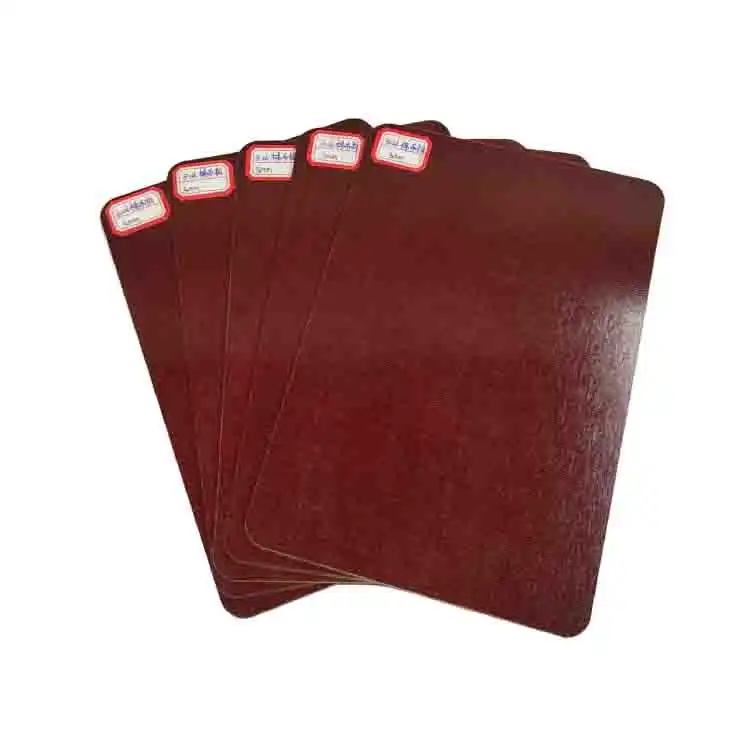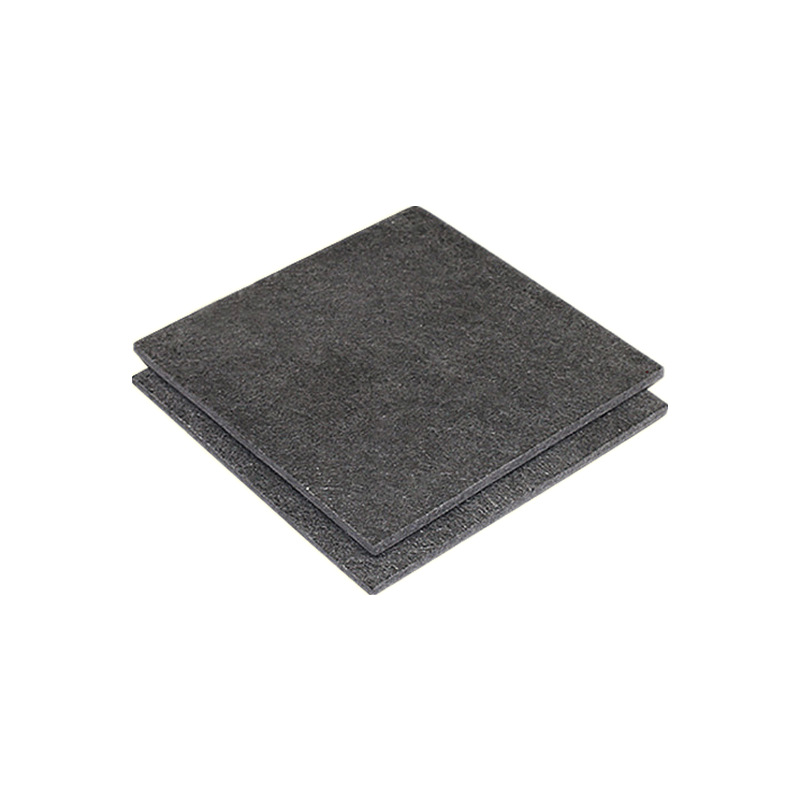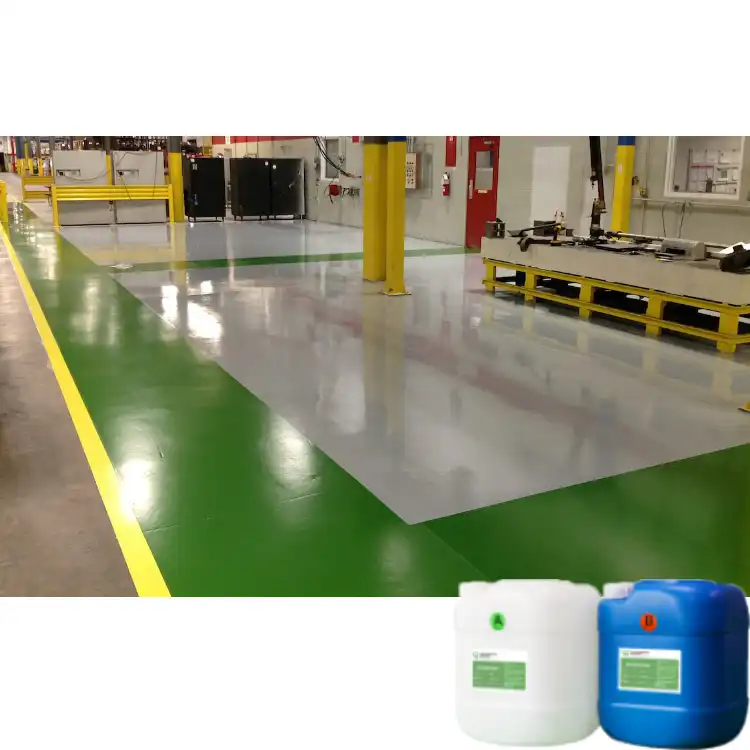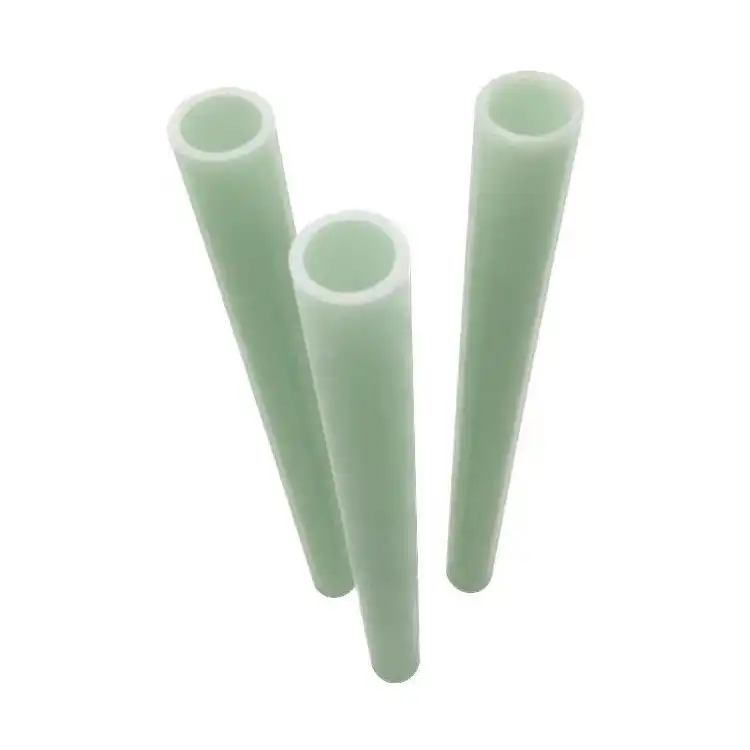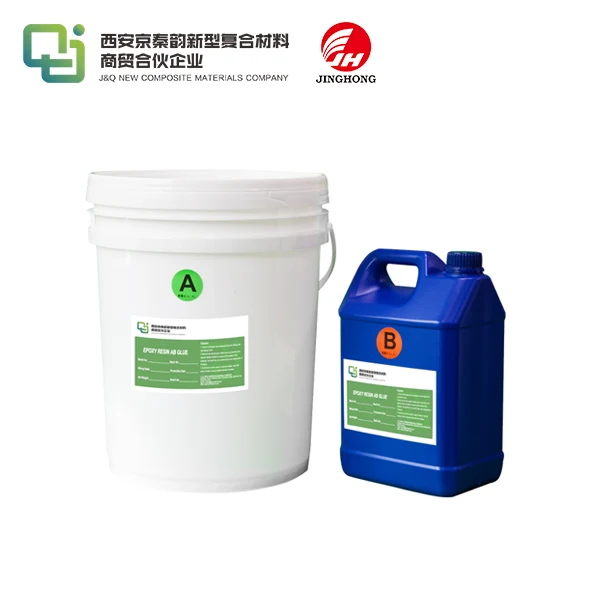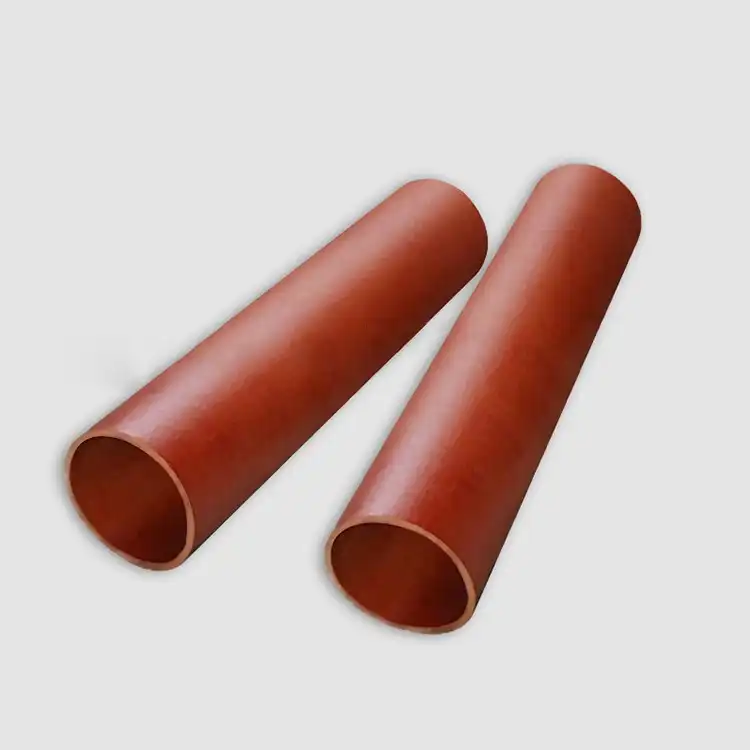Best Bonding Techniques for Phenolic Paper Laminated Tubes
2025-05-27 17:10:25
Phenolic paper laminated tubes are widely used in various industries due to their exceptional strength, durability, and insulating properties. The key to maximizing the performance of these tubes lies in the bonding techniques used during their manufacturing process. The most effective bonding methods for phenolic paper laminated tubes include epoxy adhesive bonding, hot-melt adhesive bonding, and thermal fusion bonding. Each technique offers unique advantages, such as superior strength, excellent chemical resistance, and enhanced thermal stability. By carefully selecting and implementing the appropriate bonding technique, manufacturers can ensure the production of high-quality phenolic paper laminated tubes that meet the demanding requirements of various applications across industries.
Epoxy Adhesive Bonding for Phenolic Paper Laminated Tubes
Understanding Epoxy Adhesives
Epoxy adhesives are renowned for their exceptional bonding strength and versatility. These two-part adhesives consist of a resin and a hardener that, when mixed, create a chemical reaction resulting in a strong, durable bond. Epoxy adhesives offer excellent resistance to chemicals, heat, and moisture, making them ideal for use with phenolic paper laminated tubes.
Application Process
The application of epoxy adhesives to phenolic paper laminated tubes requires precision and care. The process typically involves cleaning the surfaces to be bonded, mixing the epoxy components according to the manufacturer's instructions, and applying the adhesive evenly to the tube layers. Proper clamping or pressure application during the curing process is crucial to ensure optimal bonding strength.
Advantages of Epoxy Bonding
Epoxy adhesive bonding offers several advantages for phenolic paper laminated tubes. The high strength-to-weight ratio of epoxy bonds enhances the overall structural integrity of the tubes. Additionally, epoxy adhesives provide excellent gap-filling properties, allowing for the bonding of slightly mismatched or uneven surfaces. The chemical resistance of epoxy bonds also contributes to the longevity and durability of the tubes in various environmental conditions.
Hot-Melt Adhesive Bonding Techniques
Introduction to Hot-Melt Adhesives
Hot-melt adhesives are thermoplastic materials that are applied in a molten state and form a bond upon cooling. These adhesives are known for their rapid setting times and ability to create strong bonds between diverse materials. When used with phenolic paper laminated tubes, hot-melt adhesives can provide quick and efficient bonding solutions.
Application Methods
The application of hot-melt adhesives to phenolic paper laminated tubes typically involves heating the adhesive to its melting point and applying it to the surfaces to be bonded. Various application methods can be employed, including spray systems, roller coaters, and extruders. The choice of application method depends on factors such as tube size, production volume, and desired bond characteristics.
Benefits of Hot-Melt Bonding
Hot-melt adhesive bonding offers several benefits for phenolic paper laminated tubes. The rapid setting time of hot-melt adhesives allows for increased production efficiency and reduced assembly times. These adhesives also provide good flexibility and impact resistance, which can enhance the overall performance of the tubes. Furthermore, hot-melt adhesives are often solvent-free, making them an environmentally friendly option for tube bonding.
Thermal Fusion Bonding for Enhanced Performance
Principles of Thermal Fusion Bonding
Thermal fusion bonding, also known as heat bonding or welding, is a technique that uses heat and pressure to join materials without the use of additional adhesives. This method relies on the inherent properties of the phenolic paper laminate to create strong, seamless bonds between layers. The heat applied during the process causes the resin within the laminate to soften and flow, creating a molecular bond as it cools and solidifies.
Thermal Fusion Equipment and Processes
The thermal fusion bonding of phenolic paper laminated tubes requires specialized equipment and precise control of process parameters. Common thermal fusion methods include induction heating, ultrasonic welding, and hot plate welding. Each method has its own set of advantages and is selected based on factors such as tube diameter, wall thickness, and production requirements. The process typically involves applying heat and pressure to the tube layers for a specific duration, followed by a controlled cooling period to ensure optimal bond strength.
Advantages of Thermal Fusion Bonding
Thermal fusion bonding offers several advantages for phenolic paper laminated tubes. This technique creates seamless bonds without the need for additional adhesives, resulting in a cleaner and more uniform appearance. The absence of adhesive layers can also lead to improved thermal and electrical insulation properties. Thermal fusion bonds are often stronger and more durable than adhesive bonds, as they create a molecular-level connection between the laminate layers. Additionally, this method can be more environmentally friendly, as it eliminates the need for potentially hazardous adhesives and solvents.

Factors Influencing Bonding Technique Selection
Material Considerations
The selection of the most appropriate bonding technique for phenolic paper laminated tubes depends on various factors related to the material itself. The specific grade and composition of the phenolic paper laminate can influence its compatibility with different adhesives or thermal fusion processes. Factors such as the resin content, paper type, and any surface treatments applied to the laminate must be considered when choosing a bonding method. Additionally, the thickness and layering structure of the tube walls can impact the effectiveness of certain bonding techniques.
Application Requirements
The intended application of the phenolic paper laminated tubes plays a crucial role in determining the most suitable bonding technique. Factors such as the operating temperature range, exposure to chemicals or moisture, and mechanical stress levels must be taken into account. For example, tubes used in high-temperature environments may benefit from thermal fusion bonding or high-performance epoxy adhesives, while those subject to frequent flexing might require a more flexible bonding solution. The required bond strength, electrical insulation properties, and dimensional stability of the final product also influence the choice of bonding method.
Production Considerations
Production-related factors also play a significant role in selecting the optimal bonding technique for phenolic paper laminated tubes. The production volume and required throughput can impact the choice between faster-setting adhesives and more time-intensive thermal fusion processes. The availability of specialized equipment and trained personnel for different bonding methods must also be considered. Additionally, factors such as energy consumption, environmental impact, and overall production costs associated with each bonding technique should be evaluated to ensure a cost-effective and sustainable manufacturing process.
Quality Control and Testing of Bonded Tubes
Non-Destructive Testing Methods
Ensuring the quality and reliability of bonded phenolic paper laminated tubes requires comprehensive testing procedures. Non-destructive testing methods play a crucial role in assessing bond integrity without compromising the tubes' structural integrity. Techniques such as ultrasonic inspection, thermography, and acoustic emission testing can be employed to detect defects, voids, or inconsistencies in the bonded areas. These methods allow for the identification of potential weaknesses or failures in the bonding process without damaging the tubes, enabling manufacturers to maintain high quality standards throughout production.
Mechanical and Environmental Testing
Mechanical and environmental testing are essential for evaluating the performance of bonded phenolic paper laminated tubes under various conditions. Tensile strength tests, compression tests, and flexural tests can be conducted to assess the mechanical properties of the bonded tubes. Environmental testing, including thermal cycling, humidity exposure, and chemical resistance tests, helps determine the durability and longevity of the bonds in different operating conditions. These tests provide valuable data on the overall performance and reliability of the bonded tubes, ensuring they meet the required specifications for their intended applications.
Long-Term Performance Evaluation
Assessing the long-term performance of bonded phenolic paper laminated tubes is crucial for predicting their service life and reliability. Accelerated aging tests can be conducted to simulate extended use under various environmental conditions. These tests may involve exposure to elevated temperatures, UV radiation, or corrosive environments to evaluate the long-term stability of the bonds. Additionally, fatigue testing can be performed to assess the tubes' resistance to repeated stress cycles, providing insights into their performance in applications involving cyclic loading. By conducting comprehensive long-term performance evaluations, manufacturers can ensure that their bonded phenolic paper laminated tubes maintain their integrity and functionality throughout their intended service life.
Conclusion
The selection and implementation of the best bonding techniques for phenolic paper laminated tubes are crucial for achieving optimal performance and durability. Epoxy adhesive bonding, hot-melt adhesive bonding, and thermal fusion bonding each offer unique advantages and are suitable for different applications. By carefully considering material properties, application requirements, and production factors, manufacturers can choose the most appropriate bonding method. Rigorous quality control and testing procedures ensure the reliability and longevity of bonded phenolic paper laminated tubes, meeting the diverse needs of various industries.
Contact Us
For more information about our high-quality phenolic paper laminated tubes and expert bonding solutions, please contact us at info@jhd-material.com. Our team of experienced professionals is ready to assist you in selecting the best bonding technique for your specific requirements.
References
1. Smith, J. A. (2019). Advanced Bonding Techniques for Composite Materials. Journal of Adhesion Science and Technology, 33(15), 1678-1695.
2. Johnson, R. M., & Brown, L. K. (2020). Phenolic Resins: Properties, Applications, and Bonding Methods. Polymer Engineering & Science, 60(4), 712-728.
3. Chen, X., & Zhang, Y. (2018). Thermal Fusion Bonding of Laminated Composites: Principles and Applications. Composites Part A: Applied Science and Manufacturing, 105, 281-295.
4. Thompson, E. L., et al. (2021). Comparative Analysis of Adhesive and Thermal Bonding Techniques for Insulating Materials. Journal of Thermal Analysis and Calorimetry, 144(2), 789-801.
5. Patel, N. R., & Garcia, M. A. (2017). Quality Control Methods for Bonded Composite Structures: A Comprehensive Review. NDT & E International, 92, 22-35.
6. Lee, S. H., & Kwon, D. J. (2022). Long-Term Performance Evaluation of Bonded Phenolic Laminates in Harsh Environments. Polymer Testing, 106, 107433.

